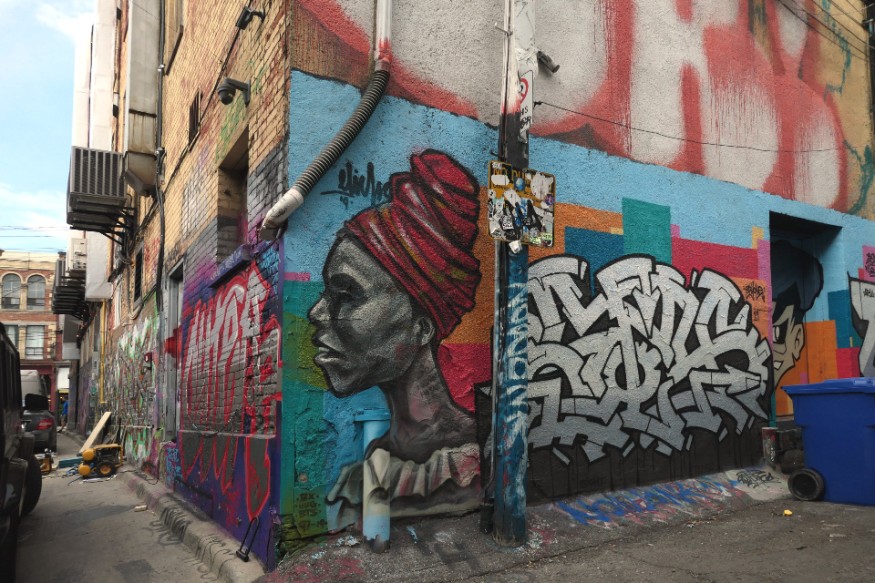How Mexican Muralists Influence American Art

According to an article from Time, Pablo Picasso and Joan Miró were just some of the well-known European influences of Jackson Pollock. However, more often going unnoticed is the time spent of the artist at New York's Experimental Workshop. It was founded by David Alfara Siqueiros in 1936.
Siqueiros, alongside José Clemente Orozco and Diego Rivera established 'Los tres grandes'. They had led the start of the post-revolution Mexican muralism movement.
New York's Experimental Workshop
Siqueiros discovered the Workshop in New York in 1936. He was guided by the idea that to create true radical art, artists should throw away old practices and start with totally new techniques.
As a sensitive young artist, Pollock was exposed to the method of pouring and dripping paint in canvases. This was more than 10 years before he would launch his first 'drip paintings in 1947.
Vida Americana: Mexican Muralists Remake American Art (1925-1945) was a new art exhibit at the Whitney Museum of American Art. The exhibit aims to correct some mistakes.
The show will start from February until the middle of May. It aims to enlighten Mexican artists whose artworks had significantly affected 20th Century American artists such as from Pollock to Philip Guston. The exhibit puts the artworks of Mexican artists next to the masterpieces of Americans. American artists often borrowed art methods and themes from these people.
According to Marcela Guerrero, the assistant curator of the exhibit, the borders created for Mexican and American arts are fictitious and inexistent.
The Muralism Movement
The muralism movement started in 1920 during the end of the Mexican revolution. However, some experts claim that the revolution ended at an earlier date while others believe that it ended a bit later). The movement started when the leadership of President Álvaro Obregón adopted a cultural renaissance through commissioning multiple public murals by Mexican muralists with the plan of uniting war-torn nations.
The artworks made by Mexican muralists during that time helped create a cohesive identity for Mexicans. Also, it leads to a different way of European modernism.
Afterward, American journalists and artists filled Mexico to witness the resulting artworks. However, the exchange resulted in a crossing of borders and a conclusion. The leadership of Obregón ended in 1924 and the commission stopped being active. Also, many Mexican muralists left in search of better opportunities in America. The artists established exhibitions, made big-scale mural artworks, and experimented on many artistic techniques. Their influence had reached coast to coast.
Los Tres Grandes and Their Influence on American Artists
In 'Los tres grandes,' Orozco was one of its first members who came to the United States in 1927. Later, Rivera also went to the US in 1930, then Siqueiros after two years.
In the coming years upon the three artists' arrival in the US, they had become a significant force that has impacted American artists. During that time, American artists were looking for alternatives to European art styles. Also, they were in search of a cure to materialism and isolation brought by the modernized industrialized lifestyle. Upon reviewing a huge number of American reports about Mexican muralism, American artists started to romanticize a simpler vision of Mexico.
Subscribe to Latin Post!
Sign up for our free newsletter for the Latest coverage!
© 2026 Latin Post. All rights reserved. Do not reproduce without permission.














